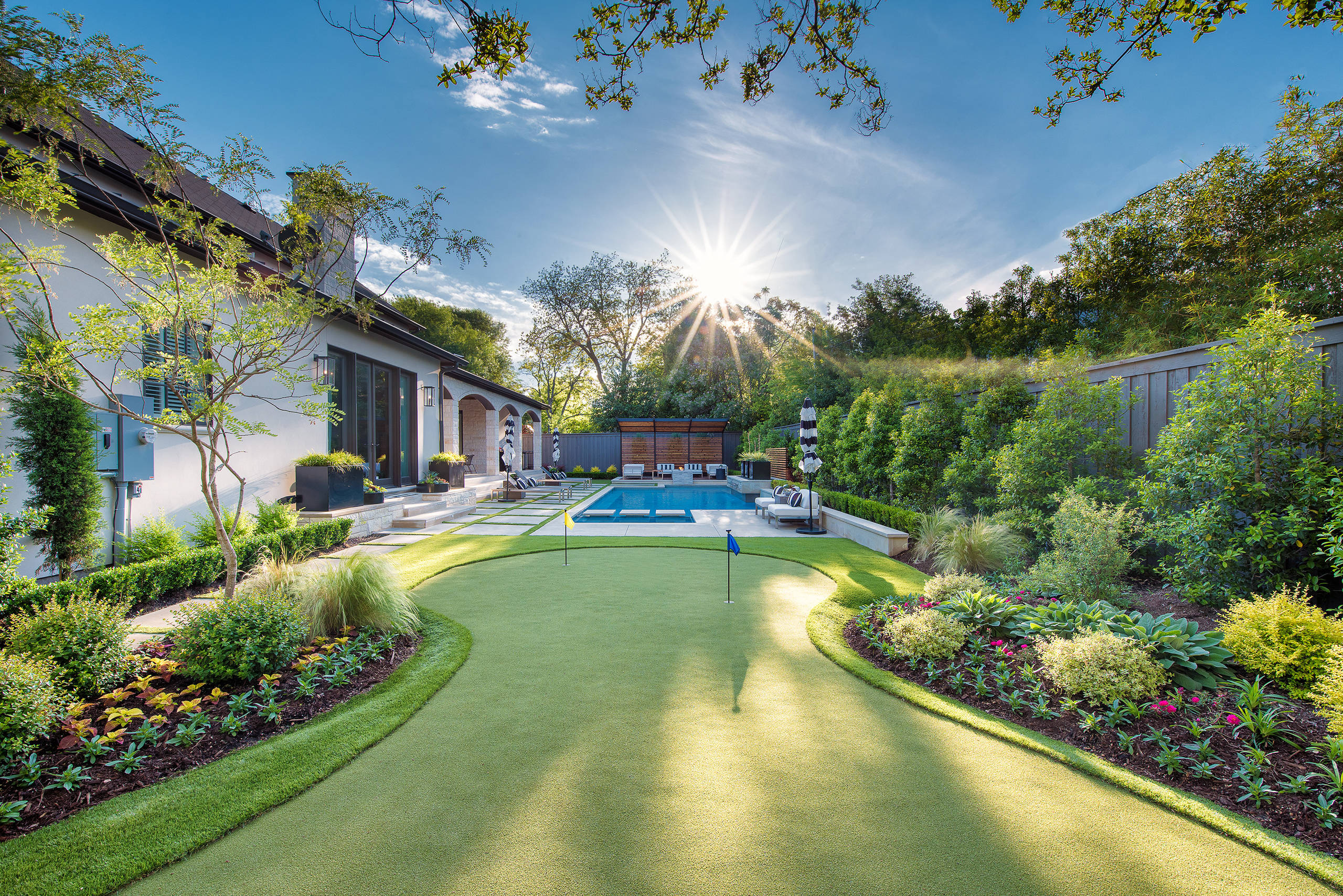Swimming pool construction might seem like one of the best home improvement projects that enhances your home’s value and bring your family joy for several years. However, constructing a pool involves several things before beginning the construction process. Below are some of the significant things you should consider before developing the idea of installing a pool in your backyard.
Cost
The Cost of Installation
Probably one of the first considerations is how much will be spent to put up the pool. On average, inground pool construction takes between $25,000 to $60,000. The pool cost will significantly depend on the size, shape, depth, and other special features you may wish to have. Swimming pools with water features such as waterfalls, swimming pool slides, and other features can cost as much as one hundred thousand dollars.
Operating Costs
You must also consider the annual cost and expense of maintaining an inground swimming pool. Chemicals, electricity for the pump and heating, repairs, cleaning tools, and services may cost more than $ 3,000 per year. Also, some additional expenses were already mentioned, such as a pool’s water and energy consumption.
Property Value
Though a pool will bring added value to your home, few real estate agents say it will add more than $15,000 to the value of a home. Due to the high initial and subsequent expense costs, most homeowners rarely fully recover their investment through the appreciation value of additions and improvements.
Backyard Size and Layout

Space Needed
You require sufficient space to include the pool, patio area around the pool, lawn, pool, and safety features or equipment. Generally speaking, your backyard should be at least 45 feet wide for a small to medium size pool.
Sun Exposure
Ideally, the space in which you want to construct the pool should be exposed to sunlight for most of the day. This allows to maintain the water warm enough for comfortable swimming during most of the season. For those people who have their backyard covered with a lot of trees, the costs that come with heating the pool will be higher.
Access Issues
Think of how you will transport construction equipment and materials into the backyard during construction. Restricted site access through a narrow or around existing structures is also chaotic in the project.
Analyze Local Building Codes and Regulations

Permits and Inspections
To get a building constructed, most regions demand several permits and inspections during the construction process. It is therefore important to familiarize yourself with the legal requirement that regard construction of a pool and post-construction barriers such as fencing, gates and covers.
Safety Standards
To prevent drowning and other injuries, most of the codes provide identifying features for the barriers, gates, lighting, signs and anti-entrapment drains in the buildings. Ensure your plans conform to the state and local legal safety standards.
Homeowners Association Rules
Suppose you live in a community that has homeowners associations. In that case, chances are you are subjected to some rules regarding pool installation. Ensure to seek your HOA’s approval before siting and costing your pool.
Environmental Impact
Landscape Disruption
An inground pool must be installed using heavy earth moving equipment and is disruptive to your land. Be cautious of changes that may be required in topography, plants, grass, foliage, trees, etc., and drainage factors.
Ongoing Maintenance
Compounds from water in the pool may influence pH of the adjacent ground and be dangerous to vegetation. You may also want to eliminate trees and shrubs that drop their leaves and pollen into the water during their growth cycles. Try to model how the yard can be improved without compromising water quality.
Energy Use
Using filtration and heating systems consumes a lot of power hence put into operation. Energy efficiency should be another issue under consideration, for example, using solar energy for the heat pumps. Adding a pool usually figures as an energy-hog and a carbon dioxide-emitting addition to a home despite the many benefits that it brings to a home.
After considering every one of these factors, you can make your decision to construct an inground swimming pool and know that it will not only meet your budgetary constraints but also your lifestyle. Before you start digging in, consider the pros and cons, safety measurement in the neighborhood, possible legislation restrictions, the effect on the environment, and the changes that the pool would bring to your property and make a right decision for your family and home.

